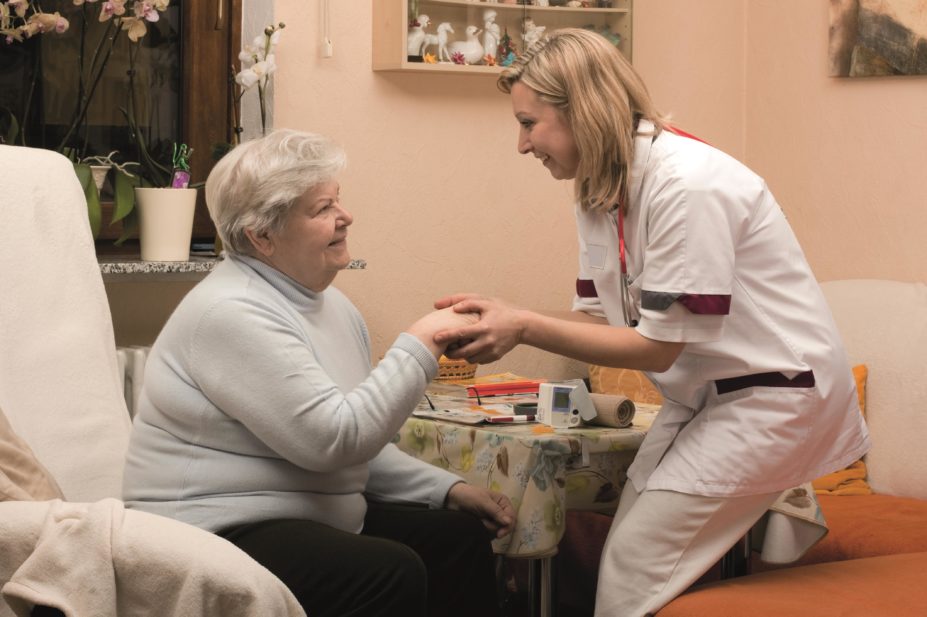
Shutterstock
Printing warning symbols on unit dose packaging alongside a staff education programme successfully reduced the number of times medicines were wrongly crushed before being given to nursing home residents, research from the Netherlands has revealed.
Researchers from the University of Groningen discovered that introducing warning labels that indicate whether it is safe or not to crush a medicine, alongside an education programme for nursing staff to explain how the symbol system works, reduced the rate of wrongly crushed medicines from 3.1% to 0.5%.
The research, published in BMJ Open[1]
(online, 5 August 2016), observed 36 nurses/nursing assistants administering medicines to 197 patients across 18 wards in three nursing homes in the north of the Netherlands.
During their morning medicine round, nursing staff were witnessed administering 681 medications to 164 patients pre-intervention, and 636 medications to 150 patients post-intervention over 18 consecutive week days.
Overall, the intervention reduced the rate of wrongly crushed medicines from 3.1% (21 wrongly crushed medicines out of 681 administrations) to 0.5% (3 out of 636). The researchers also report a drop in ‘crushing errors’ involving patients with swallowing difficulties – or dysphagia – from 87.5% (21 wrongly crushed medicines out of 24 medications) to 30.0% (3 out of 10).
“The strength of our intervention was that information on crushing was available… at the point when nursing staff have to make a decision on how to give the medication to the patient,” say the researchers. “We gave lectures, distributed posters and sent a newsletter to combine the warning symbol with education to remind staff about inappropriate crushing and ensure comprehension of the symbols.”
As part of the education programme care home staff were asked to seek advice from a doctor or pharmacist when administering medicines to patients with dysphagia when a warning label indicated that their medicine should not be crushed.
Overall, the researchers recommend wider adoption of warning symbols on medicines in nursing homes but they do acknowledge that take up will depend on the facility’s use of unit dose dispensing systems and the “technical possibilities” of adding warning symbols to sachets.
“It is important to have a service in place providing information on alternative medications for patients,” they add. “An advantage is a good relationship between the pharmacy department and the nursing home staff like we have in our setting.”
Paresh Parmar, lead pharmacist for the care of older people and stroke at Northwick Park Hospital in north west London, says nursing staff are not generally aware of the clinical risks posed to patients from crushing tablets that should not be crushed, or of the legal implications of modifying solid oral medication through crushing tablets or opening capsules.
“Increased training to nursing home staff and more pharmacist involvement in advising on the safest and appropriate administration of medication would lead to fewer errors and reduce risk to patients,” he says.
However, Parmar adds that it would be challenging to implement the system tested in the Netherlands in the UK. “Community pharmacies in the UK dispense medication to nursing and care homes. The community pharmacy could add symbols to the medication labels, however, the community pharmacists would need to be part of the multidisciplinary team looking after the patients and the degree of dysphagia of the patient would need to be known, so that the pharmacist could advise appropriately.”
References
[1] van Welie S, Wijma L, Beerden T et al. Effect of warning symbols in combination with education on the frequency of erroneously crushing medication in nursing homes: an uncontrolled before and after study. BMJ Open 2016;6:e012286. doi: 10.1136/bmjopen-2016-012286


